Nature reports
Category: Plants
Page 3 of 6 - 53 Results
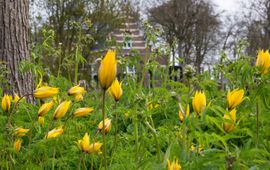
The Netherlands is known for its beautiful and colourful tulips. Though most tulips originate from the Ottoman empire, Tulipa sylvestris, the wild tulip, followed a different path. Anastasia Stefanaki and Tinde van Andel, both..
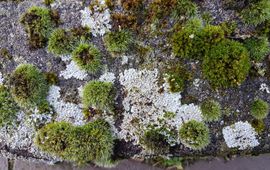
Which 'hidden' organisms live in the city? How can we use these organisms to help trees grow better, make concrete more plant-friendly and measure heat stress? Will city dwellers act more environmentally conscious if they let..
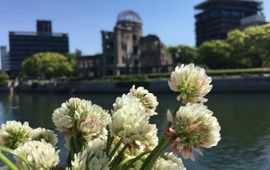
A global biological study has provided the most direct evidence to date that humans, and specifically cities, are the drivers of evolutionary change on earth. Leiden University, the municipality of Leiden and Naturalis..
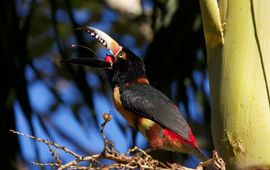
In areas of the globe where fruit-eating birds have wider beaks, palm trees bear larger fruits, a new study shows. This provides new insights into tropical biodiversity and clues for solving species conservation, forest..
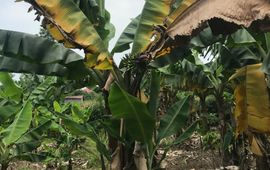
Fusarium oxysporum f. sp. cubense (FOC) is a fungus found across the world, and various of its races are hitting the banana industry hard. This has major consequences in Vietnam, in particular, where the new FOC-TR4 race is taking..
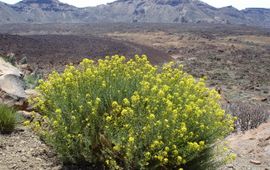
Plants collected more than a century ago are still important to science. Naturalis researchers are using these to construct a family tree of plant life...
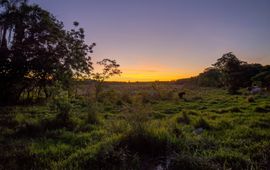
Tropical forests are converted at an alarming rate through deforestation. A new study, published in Science, shows that regrowing tropical forests recover surprisingly fast on abandoned land. ..
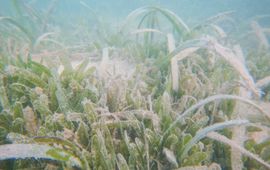
New research from Wageningen University, University of Amsterdam and Florida International University highlighted the role herbivorous fish species play in staving off non-native seagrass invasions. A healthy and diverse fish..
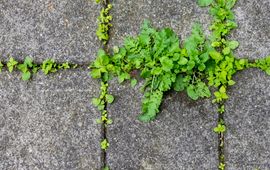
Slowly, urban planners are realizing the importance of plants, micro-organisms and animals in the city soil. In the Netherlands, the city of Amsterdam is leading the way. Their new book BiodiverCITY shows that they mean business...
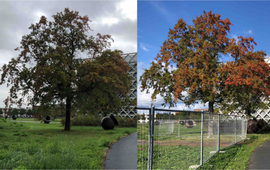
Autumn colours are now gradually appearing in nature. Years of time-lapse videos from the GrowApp show that leaf colouring starts relatively late this year in The Netherlands. Cause: the warm September and the absence of night..
